On a wooded hill near Chicka-mauga, today's Soldiers met with Soldiers of the past to learn how to better tell stories to Soldiers in the future.
From Jan. 25 through Feb. 6, members of the U.S. Army Reserve Command (USARC) history department at Fort McPherson trained the staffs of military history detachments (MHDs) preparing to deploy to Iraq and Afghanistan on how to gather, process and catalog data needed to write the Army's history.
The Basic Combat Historian Qualification Course, which is accredited by the United States Army Training and Doctrine Command, helps Soldiers learn how to gather necessary data to write the Army's history as it occurs, said Lee Harford, Office of the Army Reserve historian.
MHDs are three-man teams usually comprised of a senior officer (lieutenant colonel or major) and two NCOs, usually in ranks sergeant first class and sergeant, said Ward Zischke, USARC historian. Although these teams do not actually write history, they play an important role in recording the Army's history because they serve as the "boots on the ground" gathering raw data.
This data is sent back to the Center for Military History at Fort McNair in Washington, D.C., where historians compile the raw data into polished documents, said Jason Wetzel, USARC historian.
"They (MHDs) help record unit lineage and honor," Wetzel said. "But the most important thing is the lessons learned. Battle analysis is a big part of what their work accomplishes."
Battle analysis helps leaders plan operations by seeing what was and wasn't succesful in the past.
At the course, Soldiers, who upon completion will be sent to work with MHDs deploying with units to fight the war on terror, are taught skills, such as how to take photos of subjects, objects and engagement areas and how to collect and categorize artifacts and important data materials, Wetzel explained.
Important data includes fragmentation orders, unit rosters of Soldiers, operational after action reviews, situation reports, operation story boards and photos of important people.
"They give us a good foundation to paint a clear and accurate picture," said Capt. Eric Lifto, officer in charge of the 47th MHD, from Bothell, Wash. "We learned a lot about interview skills, some photograph skills and what info military historians need to write history."
The Soldiers, after a few days of classwork learning the art of interviewing, photography and cataloging, took to the Chickamauga and Chattanooga National Military Park, home of the Civil War Battle of Chickamauga, to try their skills.
"We do it here, where we have complete control," said Zischke, who played Col. Mortan Hunter, commander of the 82nd Indiana Infantry Regiment, 1st Brigade, 3rd Division, 14th Corps, Union Army of the Cumberland. "We show the basics. They need to find out the who, what, when, where, why and how it happened."
Soldiers find out the answers to these questions by walking the battlefield and interviewing role players like Harford (who played the role of Maj. Gen John Brannan, commander of the 3rd Division, XIV Corps, Union Army of the Cumberland), who portray actual participants in the battle. Because of the detailed knowledge of these experts, they talk like they were actual participants in the battle, Harford said.
Over the course of the training, the Soldiers complete 10 field interviews, take pictures of the settings and participants and gather any additional data they feel necessary from the battlefield. Upon completion, the teams have to package the material gathered.
"This packaged version of history will be then compared to actual history," Zischke said."We know what happened here, what units were involved and how the battle happened."
To pass the course, Zischke said the data the Soldiers collected need to cover these five significant events:
- Move to contact at Reed's Bridge Road
- Engagement at Kelly field
- Defense of Poe Field
- Defense of Snodgrass Hill and Horseshoe Ridge
- Withdrawal to Rossville and Chattanooga
Data can contain more information on other battlefield events, but the final, comprehensive report filed by the historians in training had to include details from these five events, Zischke said.
Although the time frame is different, the work is very similar to what the teams will be doing down range, only in a more modern setting.
"It's a big job for a three man team - finding out what is worth covering, finding out what can be covered, winning the trust of the unit's commander and subordinates - they have to do a lot of diplomatic work," Zischke said.
Although working as a military historian is a big job, the Soldiers seemed eager to undertake the responsibility.
"I'm excited about it," Lifto said. "Nothing was what I thought it was. I thought I'd be stuck in an office but 75 percent of the time I'll be moving around quite a bit."
Spc. Chris Oposnow, a military journalist under Lifto's command, shared his leader's opinion.
"I'll get to see history before it gets spun," he said. "I'll gain a better understanding of the service as a whole."
The work of MHDs also goes a long way in helping others gain an understanding of the service, now and for the future, said Maj. David Hanson, who served as an observer controller for the event.
Observer controllers are subject matter experts who coach, teach and mentor Soldiers as they train.
Hanson, who deployed with the 305th MHD in support of the 82nd Airborne Division in Afghanistan and with the 3rd MHD in Iraq, said when it comes to capturing the future of operations in theater, what MHDs do is critical.
"In the context of fighting the war, we do very little," he said. "But in the context of writing history, we do everything."
During his time in Iraq and Afghanistan, Hanson's team recovered important articles such as Uday and Qusay Hussein's weapons, uniforms and weapons from the Iraqi Republican Guard and the uniform of Sgt. 1st Class Paul Smith, the first Medal of Honor winner in the war on terror.
Other MHDs have been responsible for recovering artifacts from the terrorist attacks at the Twin Towers and Pentagon, Zischke said. MHDs have been active supporting the war on terror since Sept. 11, 2001, both at home and abroad, he added.
"It's important to get these memories before they fade or are replaced, or the data gets corrupted," Zischke said.
The training helps ensure when the Soldiers go out, they get the right data, document Soldiers' memories and can honorably chronicle the accomplishments of the Soldiers serving today, Hanson said.
"Most people don't get to see these stories, the professionalism and bravery of our Soldiers," he said. "I'm most proud about covering these guys."
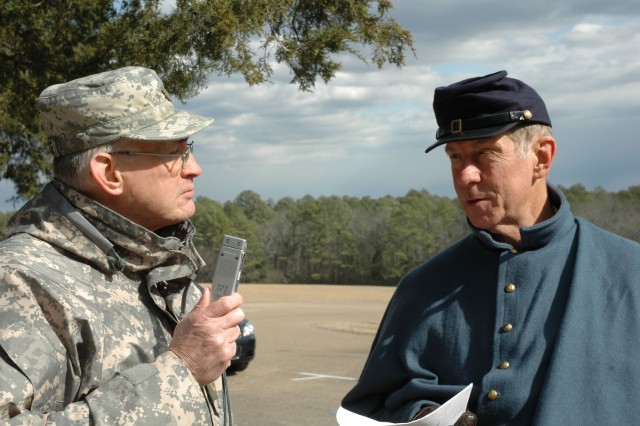
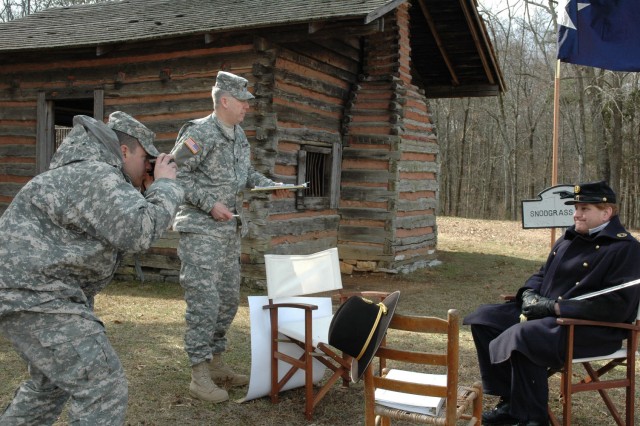
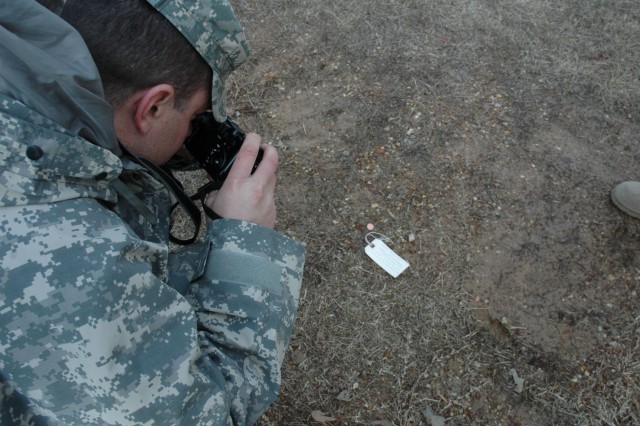
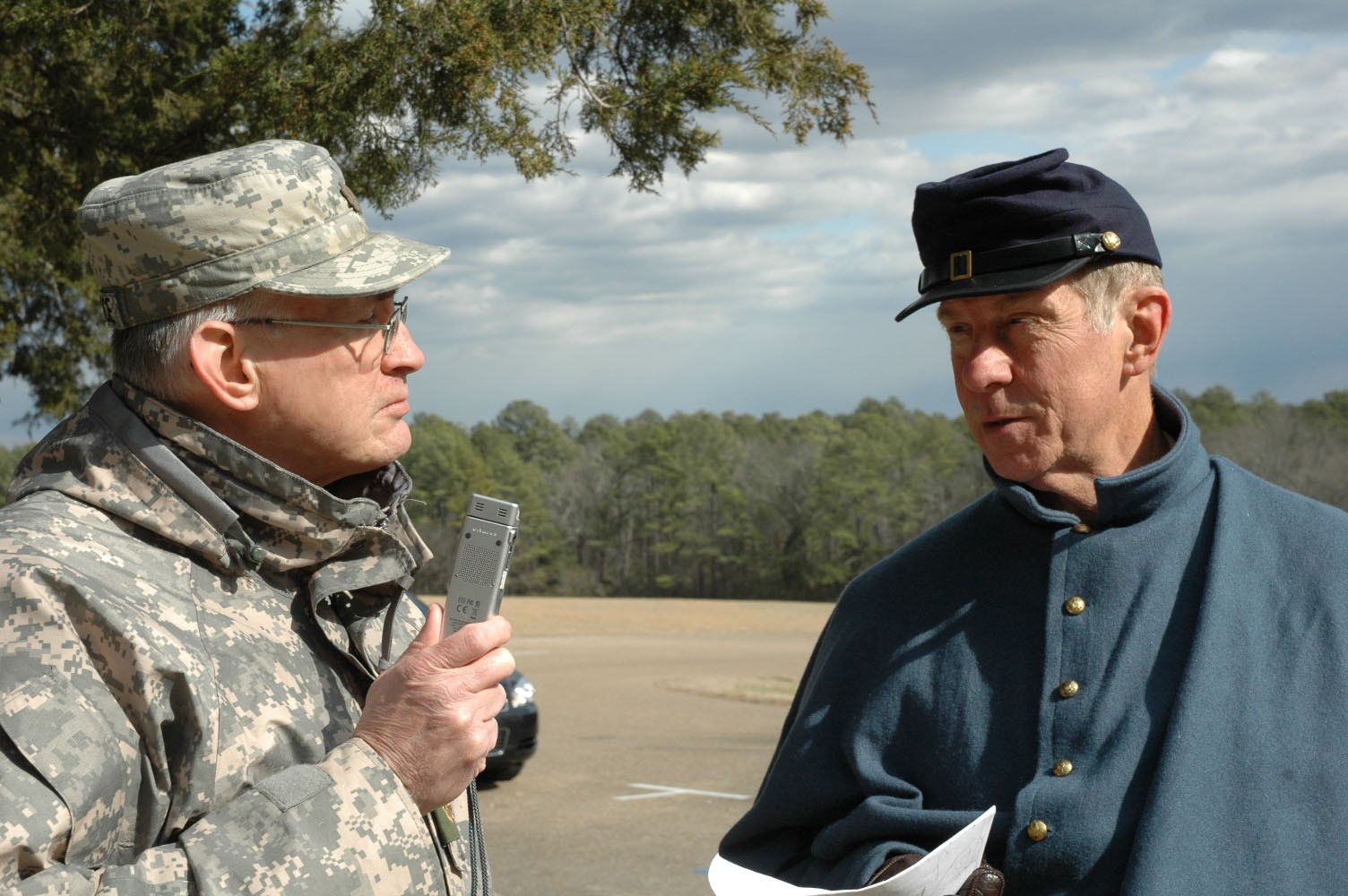
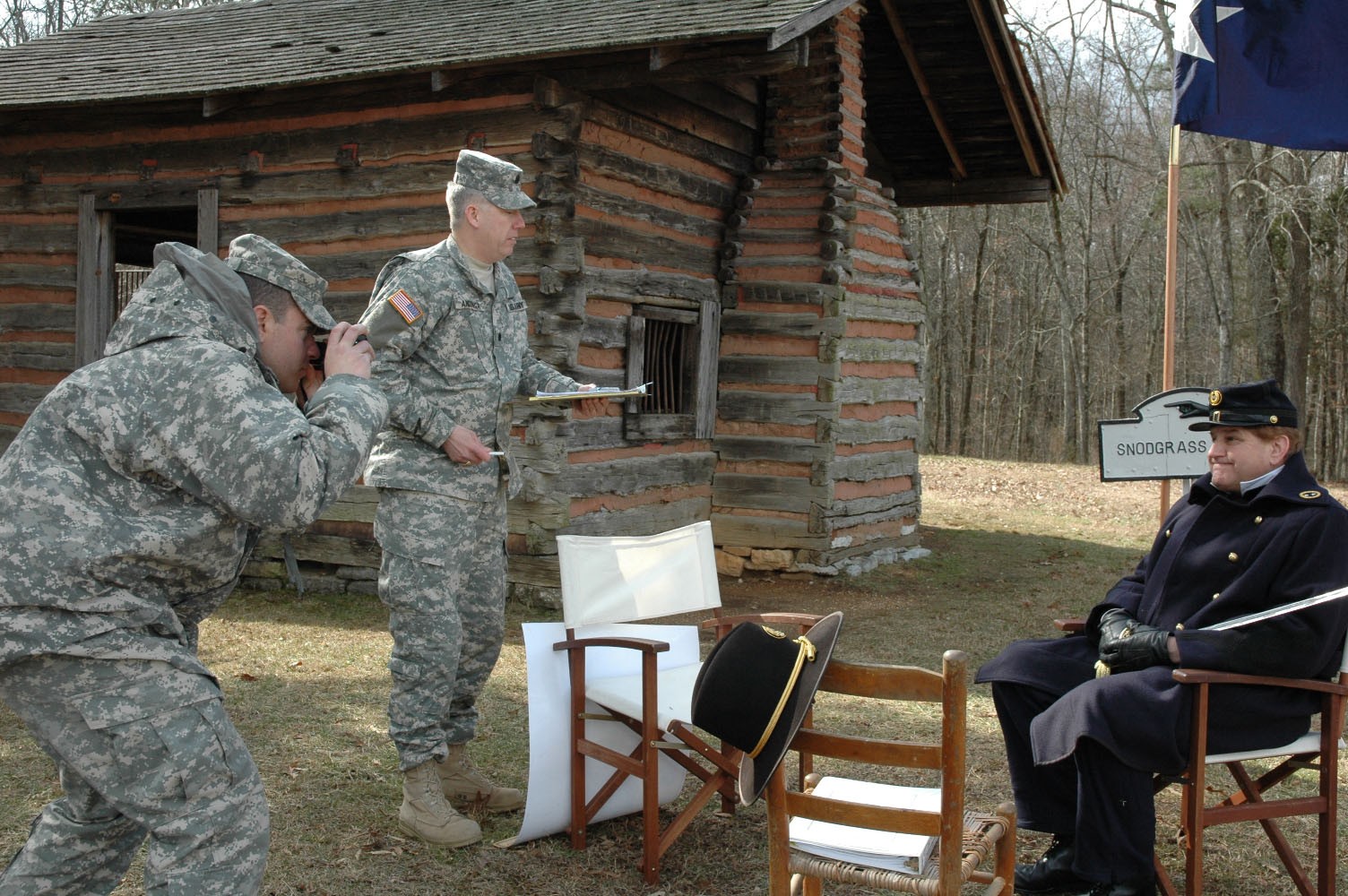
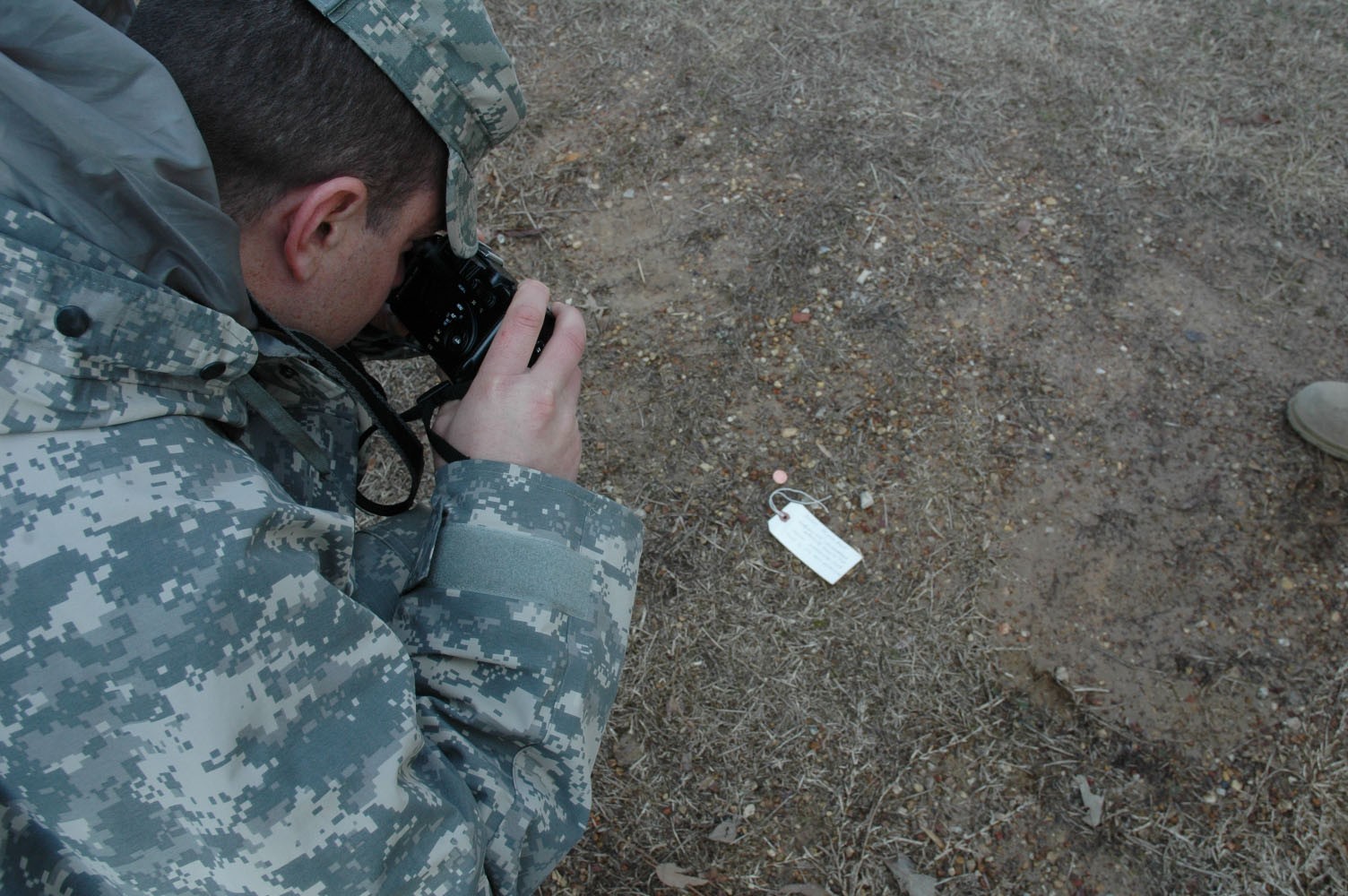
Social Sharing